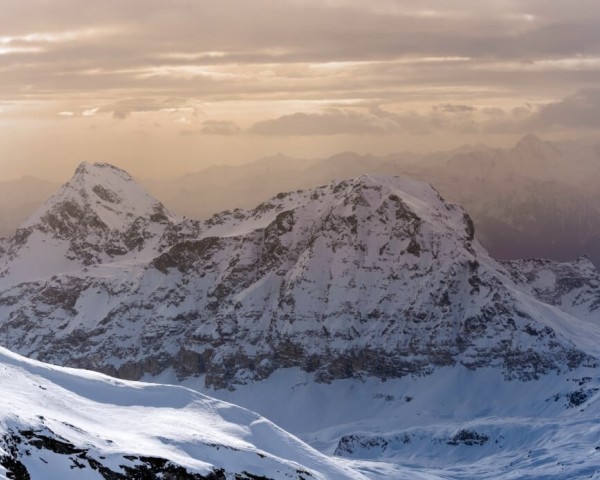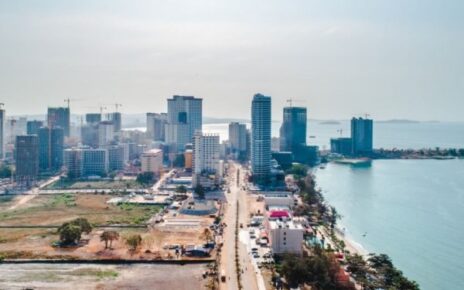Over the last couple of months, there has been a lot of talk about the effect of the Covid-19 pandemic on the tourism industry. However, in the meantime, another important issue went almost unnoticed – climate change.
Climate change has been changing the mountain regions worldwide and this is obviously also the case of Alpine regions. Glaciers are shrinking, the tree line is shifting and the snow phases during the winter are getting shorter. The snow season in the Alps is also shorter. This was revealed by a study of weather data.
Much Shorter Than in the 1970s
Under the direction of the Eurach Research institute in Bolzano, data from hundreds of measuring stations in France, Italy, Switzerland, Germany, Austria and Slovenia were uniformly evaluated.
According to the study, the snow season in the Alps now is much shorter than in the 1970s. Scientists have found out that below 2000 meters there has been a decrease of 22 to 34 days in this aspect, depending on the altitude and region.
The mean snow depth in the months from November to May has decreased by an average of 8.4 % per decade, as the scientists calculated.
Although there are differences between the different Alpine sections, according to the study, the 1970s and 1980s were generally snowy. This was followed by a phase with little snow at the end of the 1980s and the beginning of the 1990s.
The problem for Winter Tourism
The snow cover does not only play an important role for the fauna and flora of the Alps, but also for winter tourism, agriculture, water supply and hydropower. If this trend continues and the snow season in the Alps shortens further, it is hard to say whether it will be possible at all to enjoy a vacation in the snowy mountains in the far future.
While the researchers from the six Alpine countries did not directly investigate the connection between climate change and snow cover, it is clear that the snow melts earlier and faster due to higher temperatures. This was confirmed by Michael Matiu from the Institute for Earth Observation at Eurac Research.





